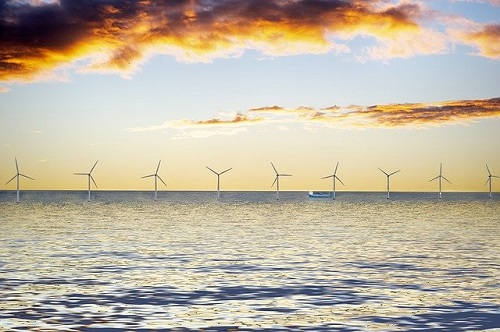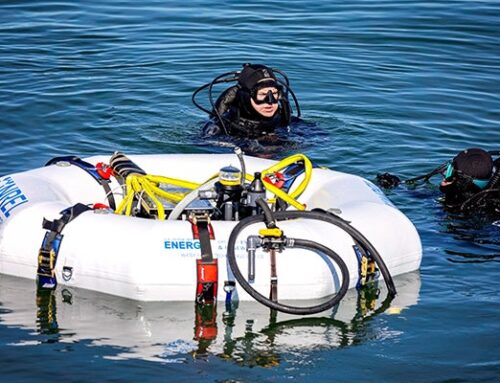Offshore renewable energy insurance premiums set to remain low amid soft market: NARDAC
October 8, 2024
NARDAC, an energy and infrastructure insurance broker and Managing General Agent (MGA), has reported that insurance premiums for offshore renewable energy and infrastructure projects are expected to remain low for the next two to three years, extending the “soft market” conditions that began in 2023 across several insurance sectors, concluding from its recent research into market capacity within London’s insurance sector.
 Despite frequent claims in the offshore renewable sector, particularly for cable damage, and rising costs for repairs and replacement parts due to inflation, NARDAC’s research shows that neither the frequency nor the increasing severity of claims has had a significant impact on market capacity.
Despite frequent claims in the offshore renewable sector, particularly for cable damage, and rising costs for repairs and replacement parts due to inflation, NARDAC’s research shows that neither the frequency nor the increasing severity of claims has had a significant impact on market capacity.
Additionally, insurance rates and deductibles have not kept pace with the growing sums insured or the rising costs faced by insurers.
As part of its study, NARDAC gathered insights from 18 major insurers in the London market, focusing on their willingness to underwrite offshore renewable technologies and the types of assets they are prepared to support. These include interconnectors, grid connections, fixed and floating offshore wind, as well as wave and tidal projects.
The data revealed that the average capacity available per project among underwriters is $164 million, with the most common offering being $200 million.
Lead insurers are also willing to write large portions of project risk, with line sizes ranging from 12.5% to 20%, and the most common being 15%. This indicates that London markets have significant capital available to support these projects.
The survey also showed strong support for specific technologies, with 94% of insurers willing to provide capacity for interconnectors and fixed offshore wind projects. Grid connection developments were supported by 89% of insurers, while 84% would back floating offshore wind projects. Wave and tidal projects, however, received support from only 56% of insurers.
Rob Bates, Partner, NARDAC, led the research, he commented: “Offshore wind has been softening for over a year now. Our data indicates that with the slowdown in offshore wind projects globally, and huge underwriter interest, London underwriting capacity has been forced into competing on price – and on coverage too – to secure lines on placements. This trend is set to continue and perhaps even accelerate in the coming months.”
He continued: “As long as the London market continues to chase the high premiums these policies can generate, this sector will be a buyers’ market.”
A slowdown in offshore wind project development, projected through 2027, has resulted in an oversupply of insurance capacity, keeping premiums low and prolonging the soft market conditions.
Notably, around 33% of the London market’s offshore capacity comes from new insurers, many of whom are traditional energy underwriters seeking opportunities beyond oil and gas or committing to the energy transition.
Bates further added: “Insurance buyers and intermediaries should note, however, that this situation is not sustainable. In the short term, when claims come in – and it is ‘when’, not ‘if’ – insurers will respond through tougher terms and conditions, so that any developers hit by multiple claims can expect to have to carry higher deductibles and pricing in future.
Insurance is very reactive, and longer term, we anticipate a market correction as project build-out for European projects ramps up towards the end of the decade, tightening the supply of underwriting capital.”
Search
RECENT PRESS RELEASES
Related Post




